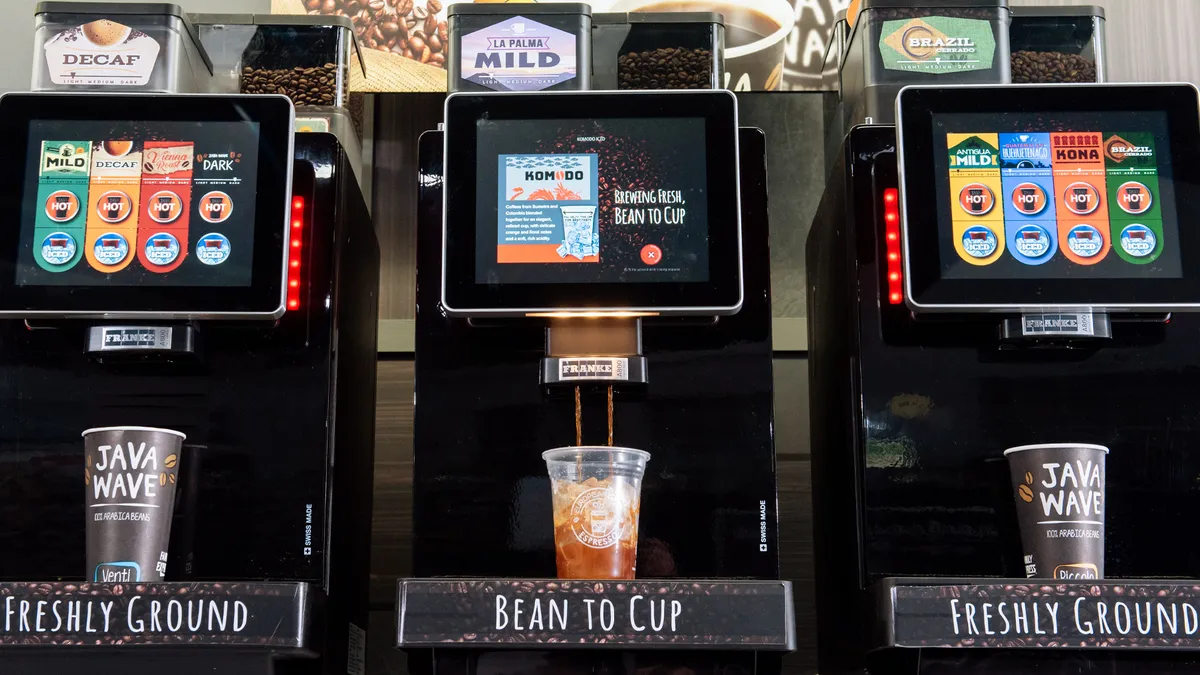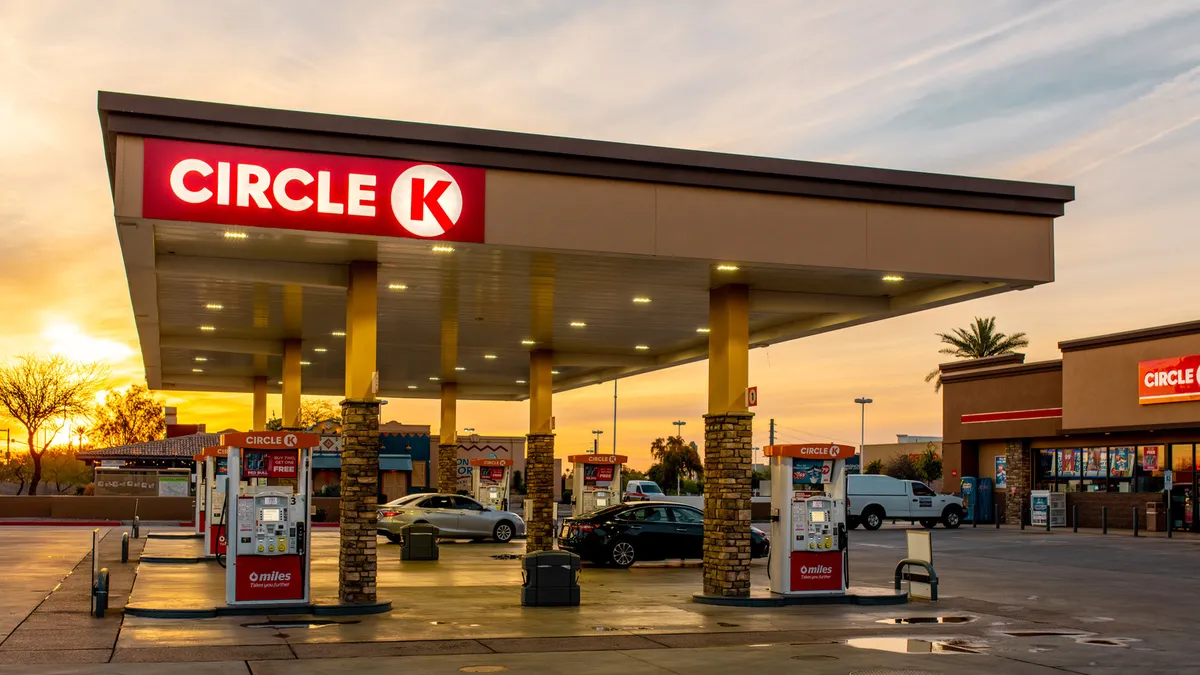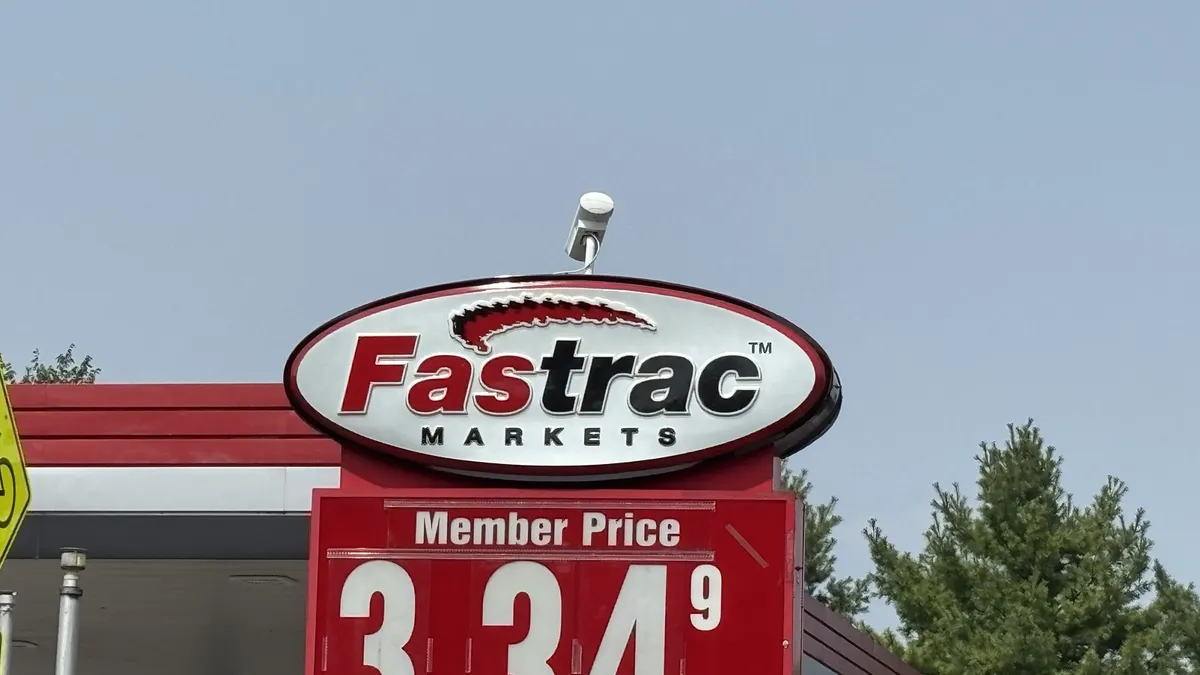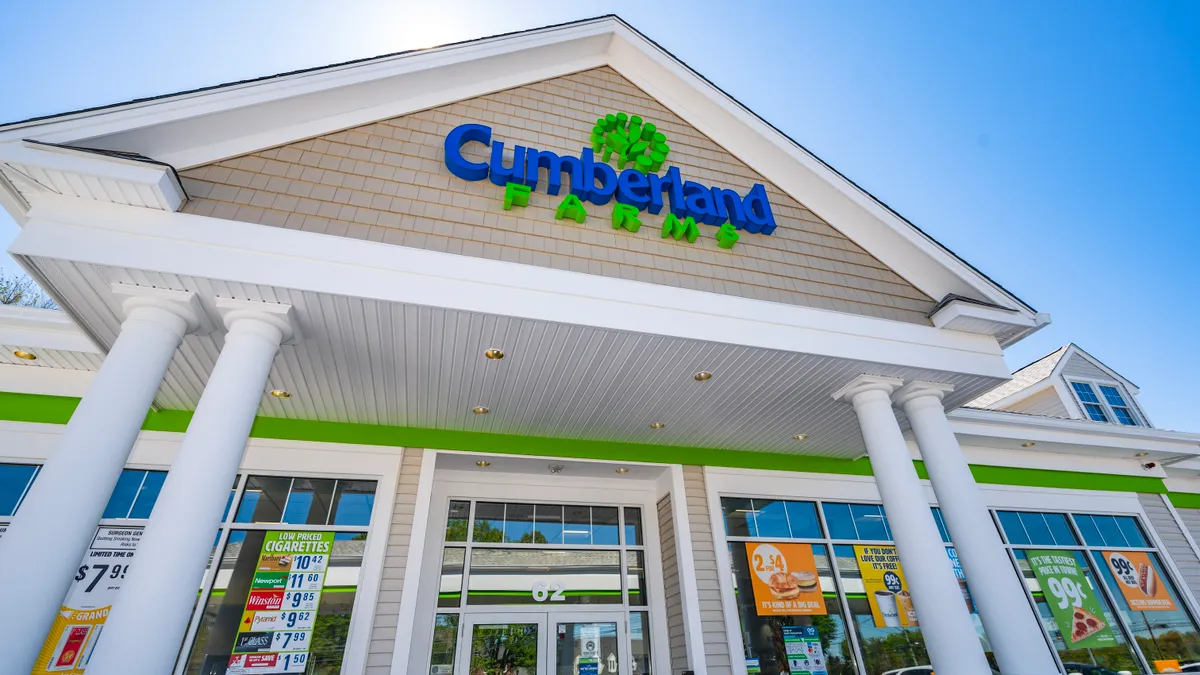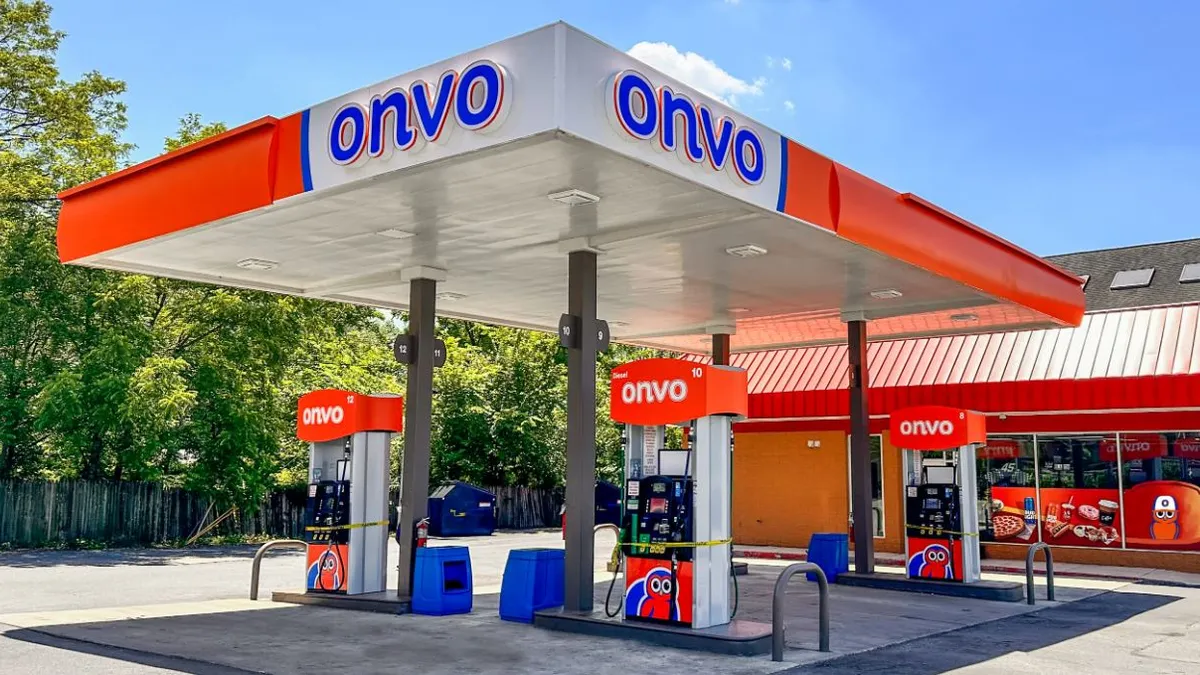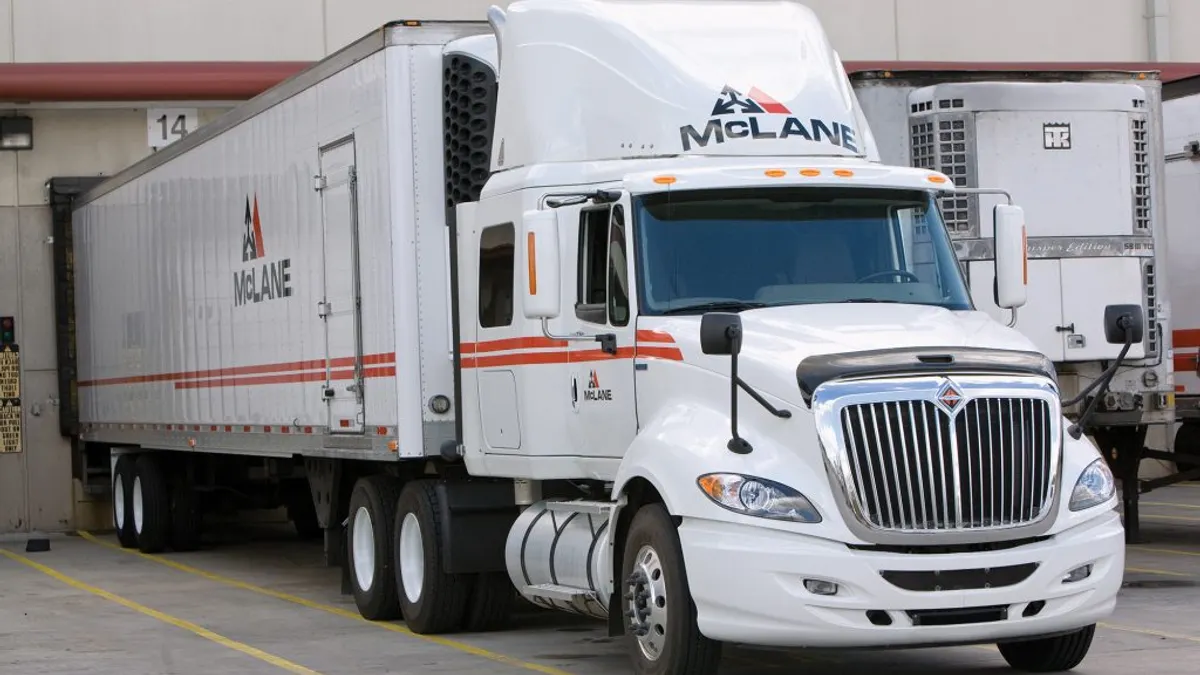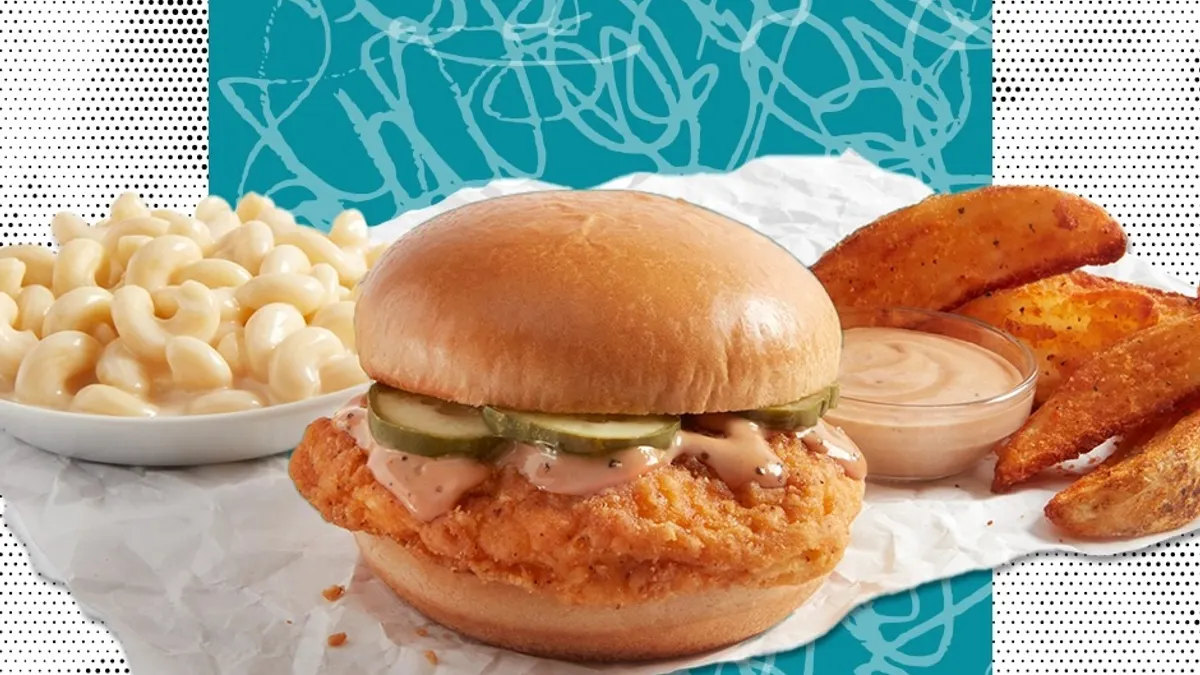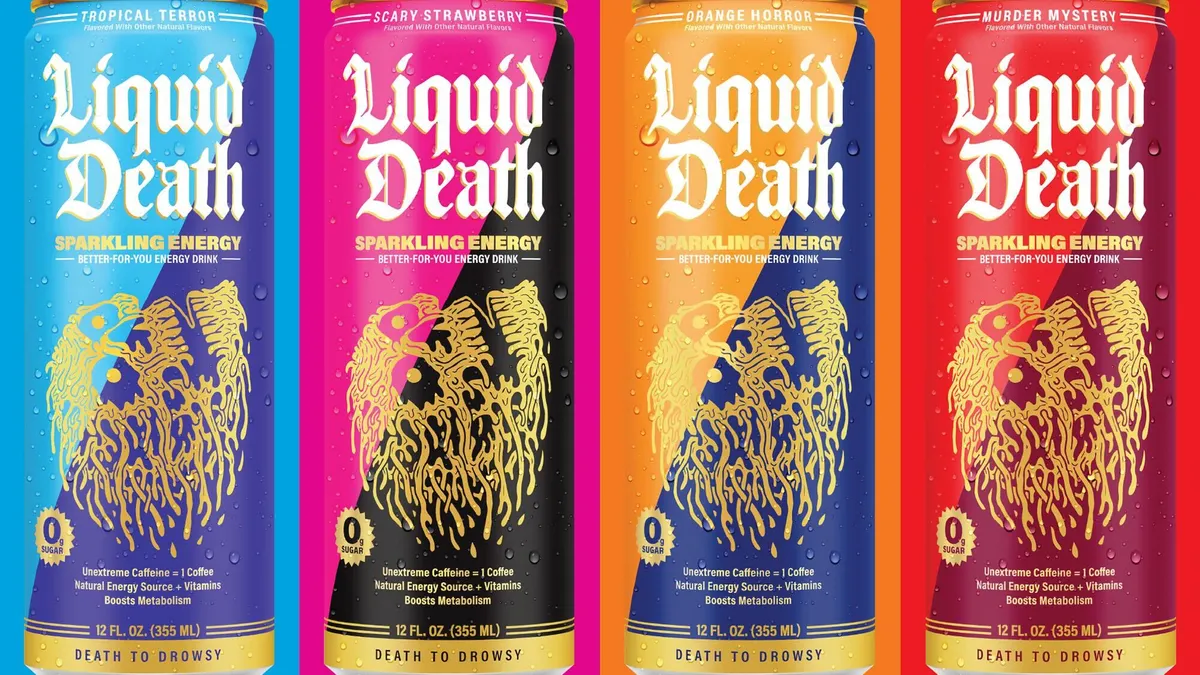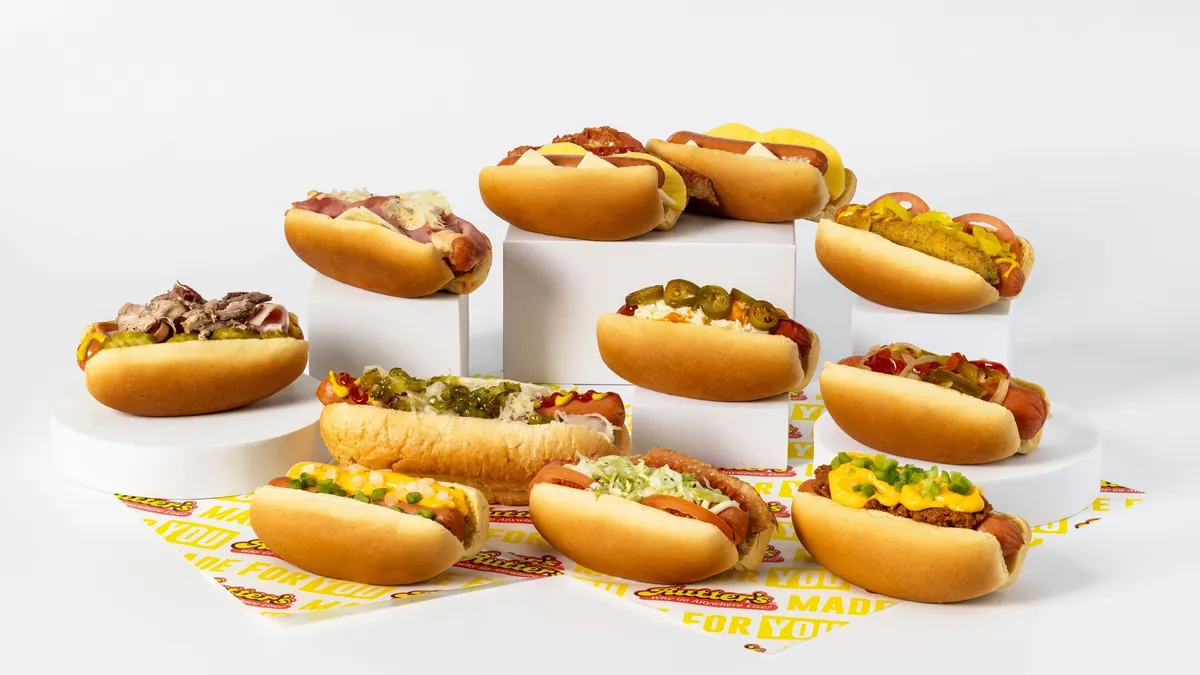Coffee and tea are hot across foodservice — and c-stores play an important part in that growth.
Overall, customer traffic at gourmet coffee and tea outlets grew 12% in the fourth quarter, according to Circana, while traffic in the overall foodservice marketplace declined 1%. Servings in specialty coffee were up 7% overall, led by coffee and tea specialty retailers.
“In an inflationary environment … specialty coffee is an affordable indulgence,” said David Portalatin, senior vice president, food industry advisor for Circana. “It’s a way to treat ourselves without breaking the bank.”
C-stores have traditionally been a big player in the coffee business and saw a slight increase of 1% in specialty coffee servings in 2023 versus 2022, Portalatin said.
“Don’t fall into the trap of thinking your competition is just other c-store retailers.”

David Portalatin
Senior vice president, food industry advisor for Circana
Among the c-store leaders in coffee and tea is Cumberland Farms, which earned the highest rating in the industry for purchase intent — a measure of how many people would buy the item if offered — for brewed coffee, according to Datassential’s Brand Performance survey. Wawa led those same ratings for made-to-order coffees and Kum & Go led in specialty coffee.
While c-store chains are performing well, they face more competition than ever, as more than 3,500 specialty coffee and tea shops opened in 2023, Portalatin said.
“Don’t fall into the trap of thinking your competition is just other c-store retailers,” he noted.
Still, there is room for all players to grow in the wide-open market. Some customers will visit both a higher end provider like Starbucks along with c-stores, Portalatin said.
Below are some steps convenience retailers can take to elevate their offering in this crowded field and stand out from the competition.
Iced coffee drinks rule
Some of the fastest-growing types of coffee drinks in the past year include iced espresso, iced americano, cold brew and iced lattes, all of which saw double-digit growth, according to Technomic Ignite menu data for the third quarter of 2023.
“Clearly these cold coffee formats are popular on menus — something that I expect we’ll continue to see,” said Katie Belflower, editor at Technomic.
Which cold coffees are growing the fastest?
Iced espresso leads among chilled coffee varieties in year-over-year menu growth in the U.S., according to Technomic.
Cold-brew coffee has become a staple at c-stores in recent years, and is now offered by 50% of operators, said Claire Conaghan, trendologist and associate director at Datassential.
“Cold brew is one of the most sought after beverage trends by customers, with 40% of consumers interested in seeing it at their local c-store,” said Conaghan.
At Spicewood, Texas-based TXB, CEO Kevin Smartt said the company has especially seen an increase in nitro cold brew popularity. As a result, the operator of 50 stores added a new line of canned nitro cold brews in partnership with Cuvée Coffee to its private label offerings last year.
“We also have our nitro cold brew available on tap at select locations for guests to serve themselves a frothy, creamy cold brew pour,” Smartt said.
TXB also added two flavors of frozen coffee — French vanilla and mocha — to its new stores.
While 13% of operators plan to offer cold brew in the future, 37% of c-store operators say they don’t plan to offer it, according to Conaghan. Then again, few c-stores operators say they’re planning to launch any new beverage offerings, since doing so often requires an upfront cost in form of new equipment, Conaghan said.
C-stores get creative with new flavors
Because the coffee market is so competitive, smart c-store operators are touting unique flavors and LTOs. When asked what would make consumers more likely to order coffee from a c-store, flavor variety tops the list, with 42% of people ranking it as most important, according to Datassential’s C-Store Keynote report,
Ballston Spa, New York-based Stewart’s Shops is just one of many operators that offer unique seasonal LTO flavors. This fall, it brought back pumpkin spice hot coffee and International Delight pumpkin pie spice creamer. And 7-Eleven was one of the first foodservice operators to debut fall coffee flavors in August, with a pumpkin spice latte, pumpkin coffee and pumpkin-flavored syrup.
None of that is surprising, since pumpkin spice is the fastest-growing flavor paired with coffee over the last year, up a whopping 167%. Other increasingly popular choices were maple, up 42%, and cinnamon, which was up 25%, according to Technomic.
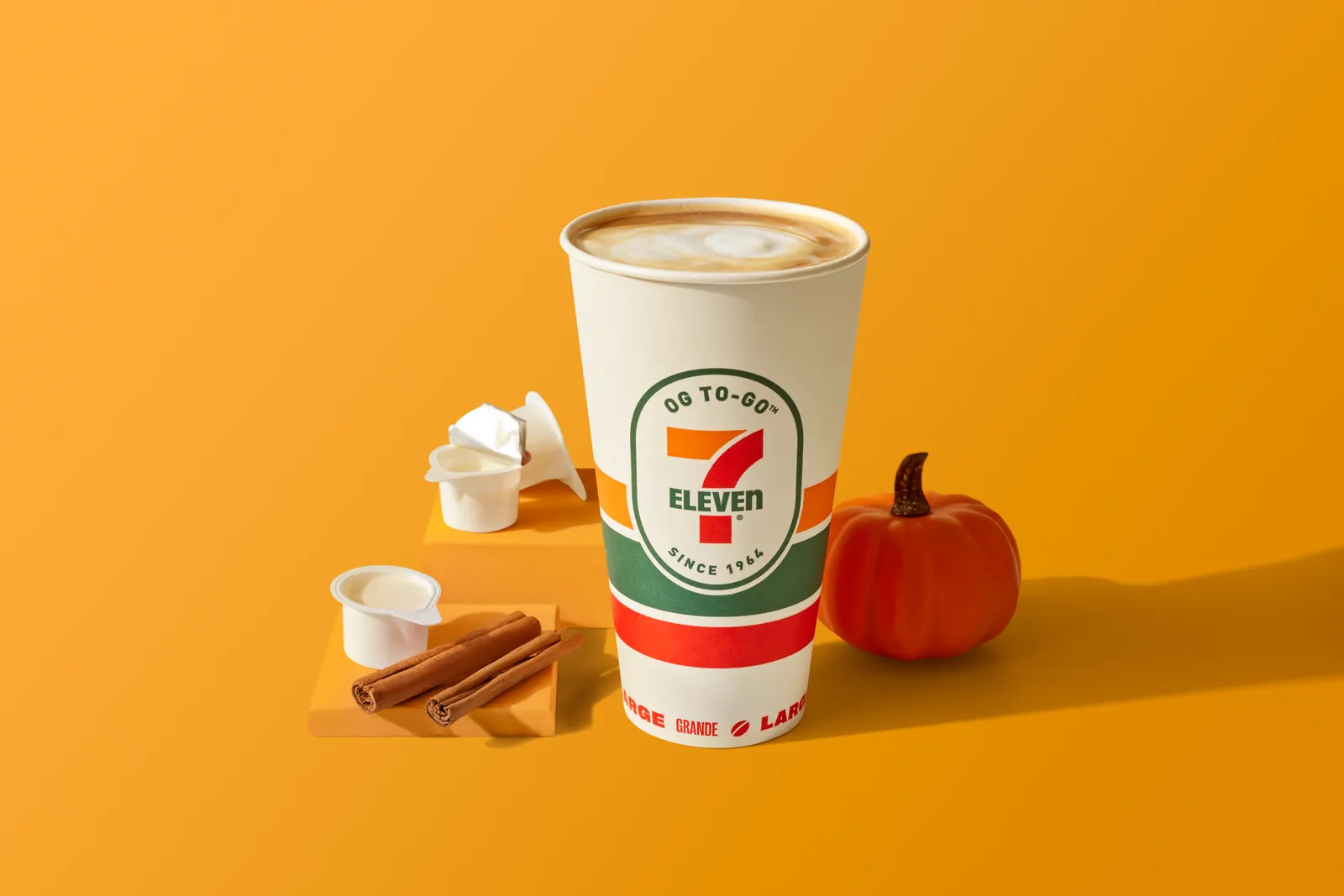
Another way c-stores could innovate is by offering Vietnamese coffee, which has been added to 6% more foodservice menus in the last four years, according to Stephen Davis, research and insights manager for Datassential.
“All it takes for a c-store to introduce a Vietnamese coffee is to offer packets of sweetened condensed milk,” Davis said. “That’s an example of an easy, trend-forward adjustment that c-stores could make.”
Coffee is an all-day drink
Savvy c-store operators will promote their coffee offerings all day, as afternoon snacks and beverages have become a huge area of growth, according to Portalatin.
“Over the fourth quarter, the afternoon snack is the fastest growing daypart in foodservice broadly,” Portalatin said. “We are increasingly having eating occasions that don’t fall into traditional day parts.”
The gig economy makes people “less beholden to the morning commute,” he explained, so they are out and about at different times of the day.
Across the foodservice industry, 50% of specialty coffee servings are in the morning, while 23% fall into the afternoon snack category.
“If I were a c-store retailer, I would recognize that the specialty coffee business is not just a morning business; it’s an all-day-long business,” Portalatin said.
TXB aims to grow coffee purchases throughout the day, integrating its beverages into a monthly subscription program called the Chug Club, Smartt said. The company also offers its medium coffee for $1.49 to TXB Rewards members.
Plant-based creamers draw some interest
Non-dairy milks and creamers also continue to show up in coffees across foodservice, Technomic found. Coconut milk menu mentions increased 34% in the third quarter, followed by oat milk and almond milk.
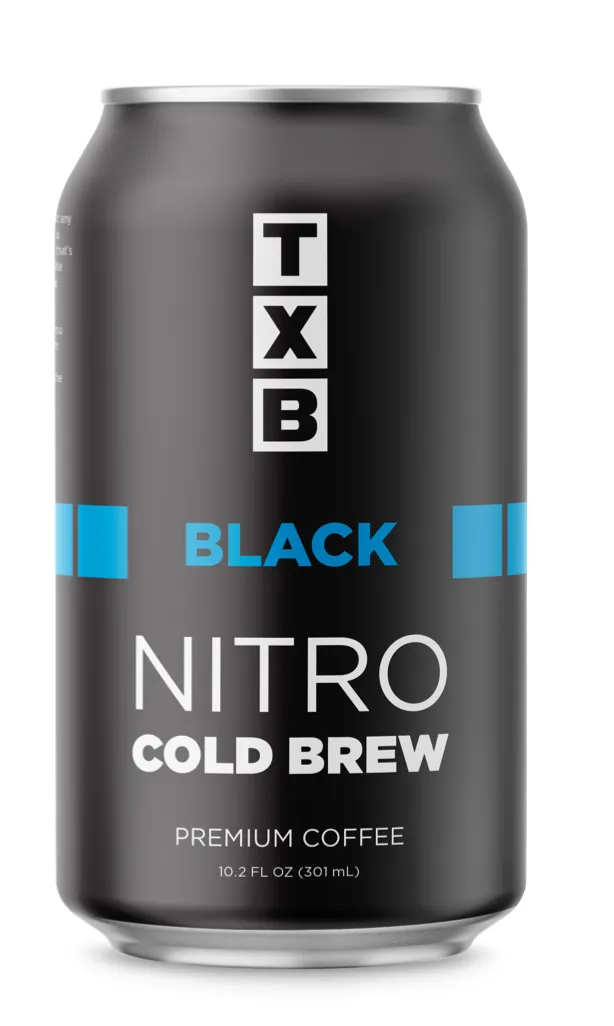
“Offering plant-based milk options for coffees will continue to be beneficial for operators,” Belflower said.
TXB has seen a huge surge in plant-based creamers, according to Smartt, so the company carries a wide variety of creamer options including a dairy-free almond milk creamer as well as Kitu’s Super Creamers in its new format stores.
At the same time, plant-based creamers don’t make “a whole lot of sense” for many c-stores to invest in heavily because they tend to be pricier, and that cost would generally get passed on to the consumer, according to Conaghan.
Plus, the c-store customer appetite for plant-based creamers is low. Only 20% of consumers find plant-based creamers appealing, according to Datassential’s annual “Buzz” report in 2023. So retailers should make sure their customer base has an appetite for them first.


